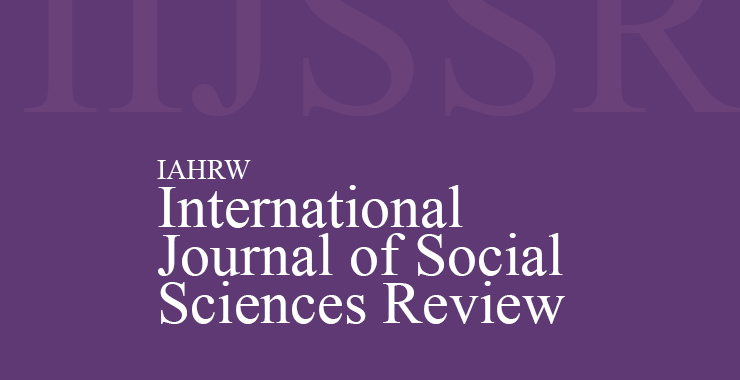Social Determinants of Menstrual Distress among North Indian Adolescent Girls
Original price was: ₹ 201.00.₹ 200.00Current price is: ₹ 200.00.
Page: 827-834
Vandana Singh Malik, Sanjay Kumar, Vijeta, Nisha, and Rakesh Kumar Behmani (Department of Applied Psychology, Guru Jambheshwar University of Science & Technology, Hisar, Haryana)
Description
Page: 827-834
Vandana Singh Malik, Sanjay Kumar, Vijeta, Nisha, and Rakesh Kumar Behmani (Department of Applied Psychology, Guru Jambheshwar University of Science & Technology, Hisar, Haryana)
The menstrual cycle causes several behavioral, mental, and physical problems among adolescent girls. This study determined various social determinants of menstrual distress such as emotional intelligence and parent-child relationship during the menstrual cycle in North Indian adolescent girls. A total of 400 female participants filled the Menstrual Distress Scale by Malik et al. (2023), Emotional Intelligence Scale by Sharma (2011), and Parent Child Relationship Scale by Rao (1989) for this study. 200 girls from rural areas and 200 from urban areas who had reached menarche for at least three months but not more than six months were part of the final data. It was seen that girls in rural areas have lower levels of menstrual distress than the urban girls with high menstrual distress. The present study shows that the parent-child relationship plays an important role in lowering the menstrual distress of adolescent girls. But higher levels of protection, love, symbolic reward, empathy and self-awareness are seen to be associated with higher menstrual distress. Rural girls reported higher levels of distress, indicating potential variations in social support and coping methods between urban and rural environments. Protection and love of parents are the chief determinants of menstrual distress in young females.

